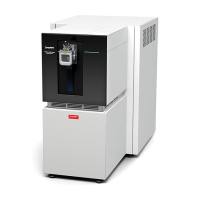Zoom-In Array Comparative Genomic Hybridization (aCGH) to Detect Germline Rearrangements in Cancer Susceptibility Genes
互联网
互联网
相关产品推荐

BRDU LABEL.AND DETECT.KIT III
¥1

Recombinant-NIP3-homologdct-1NIP3 homolog; CeBNIP3 Alternative name(s): Daf-16/FOXO controlled germline tumor affecting
¥10654

Histone H3 Peptide, biotin conjugate, residues 21-44,This gene contains introns & its mRNA is polyadenylated, unlike most histone genes. The protein encoded is a replication-independent member of the histone H3 family.,阿拉丁
¥3283.90

Orbitrap Astral Zoom 超高分辨质谱系统
询价

Saliva Genomic DNA Kit,阿拉丁
¥1047.90
相关问答

